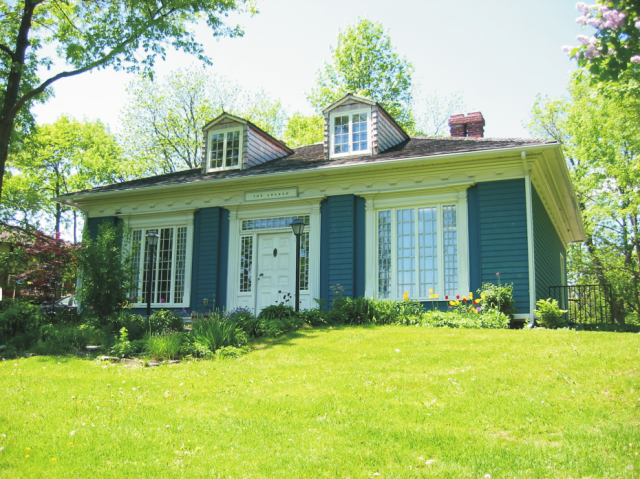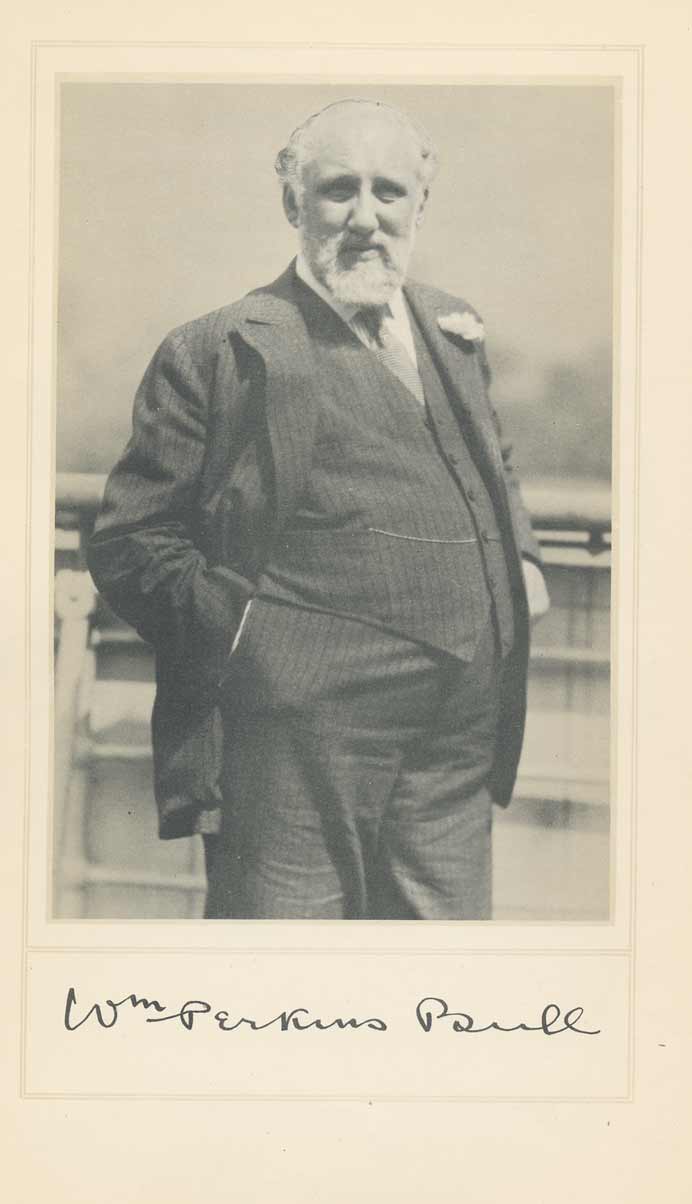The Project
Somehow I am supposed to connect events that happened in 19th century Manitoba and Saskatchewan, to people from an area that was little more than a bundle of villages not known as Mississauga, but as Toronto Township. The distance between these two points is also more than 2000 kilometres away.
This is the project that my supervisor, Matthew Wilkinson, and I are focusing on this year, and it is a project that we are going into somewhat blind: who exactly from the area of Mississauga at the time would bother to volunteer and travel 2000 kilometres to take part in what would be the Red River and Northwest Rebellions in 1870 and 1885, two of the three rebellions that had ever occurred in modern Canadian history?
 The Headquarters. Photo credit of "The Grange" goes to Heritage Mississauga http://www.heritagemississauga.com/page/Contact-Us
The Headquarters. Photo credit of "The Grange" goes to Heritage Mississauga http://www.heritagemississauga.com/page/Contact-Us
Any new information on people from Mississauga who served is exactly that: new information that Matthew and I can claim to have discovered about our city (or rediscovered), and it is precisely the reason as to why we are tackling this project. Working at “The Grange” with the people of Heritage Mississauga, it is the starting point where we will look at the books and microfilms we have on hand, and branch out from there.
How Can We Possibly Get Started?
By relying on a man named William Perkins Bull like no tomorrow.
 The Man, the Legend, my Metaphorical Springboard to the project. Photo credit goes to the Peel Information Network http://www.pinet.on.ca/wpbbio.htm
The Man, the Legend, my Metaphorical Springboard to the project. Photo credit goes to the Peel Information Network http://www.pinet.on.ca/wpbbio.htm
A historian of the Peel region, a book called “From Brock to Currie” that he wrote detailed the events of the aforementioned region and those involved. It was thanks to him that we were able to have a solid footing to start the project. He compiled a small list of those from Peel who served! It wasn’t much, as it is clearly incomplete, but it was the first breadcrumb of many to lead us to even more names and the stories that defined them.
Researching: Databases and Microfilms
Most of my time is spent on search databases. The Library and Archives of Canada and ancestry.com are two of the most useful tools to the research so far. It is because they have conveniently compiled a list of those who volunteered in the rebellions. Unfortunately all there is are names and the pay roll that they received for their services, with little information on their personal lives. Thankfully the site is perfect in searching for the relevant family trees. Unfortunately there are over 10,000 names to look through.
Perkins Bull also compiled articles relating to family names in Mississauga within a collection of microfilms. With reels upon reels, we can look at information that could help pinpoint family lines. Looking at these microfilms is easily the best part of the experience, because not only can we potentially find out about potential volunteers, the history of Mississauga becomes more alive with each passing newspaper article from the 19th or 20th century that detailed a village-wide event, or one that congratulated someone for reaching their 100th birthday.
Focusing on local history is something that comes across as a completely familiar experience, yet somehow appears to be completely foreign at the same time. As a history student, there are some aspects to the job that are expected, such as doing a lot of reading, but there are also parts that forced me to adjust. Not only do I need to think objectively about what I am reading, I need to be creative in finding new sources that can help. I can only wonder where this project will lead me to at the end of the school year.
Check out the Heritage Mississauga website here http://www.heritagemississauga.com/
Also be sure to look at some more blogs by my colleagues here http://sites.utm.utoronto.ca/historyinternships/blog.
